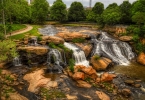My Korea tour Day 2 at Changdeokgung Palace
Our second day in Seoul was all meant for walking and wandering about the city centre. After the Gyeongbokgung Palace (경복궁 or 景福宮), and had lunch at Sanchon in Insadong, we moved on to the next destination in Seoul, the Changdeokgung Palace of Seoul, Korea.
Changdeokgung Palace is one of the 5 grand palaces found in Seoul, being built as the secondary palace of the Joseon Dynasty in 1405. After all 5 palaces were destroyed during the Japanese invasion in 1598, it was rebuilt and served as the main site of the royal court and the seat of government of ancient Korean emperor until 1868 when Geongbokgung was being rebuilt.
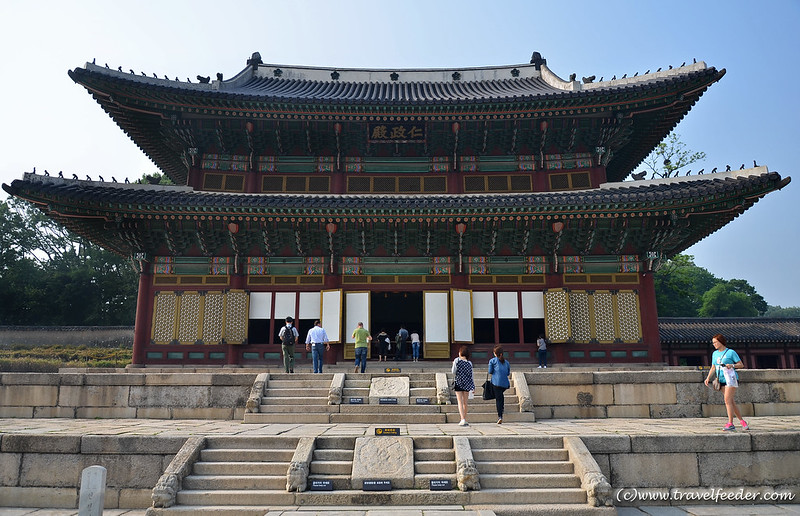
We had just about an hour to visit the palace when we reached there so we skipped the royal garden. Entrance fees is KW3000 for the palace and additional KW5000 for the Secret Garden. The front half of the palace compound which houses various administrative and residential buildings in different zones. The second half of the park is the royal garden (they named it as secret garden) which is in fact occupying the larger part of the palace park and features some garden villas and pavilions in the midst of natural greenery landscaping.
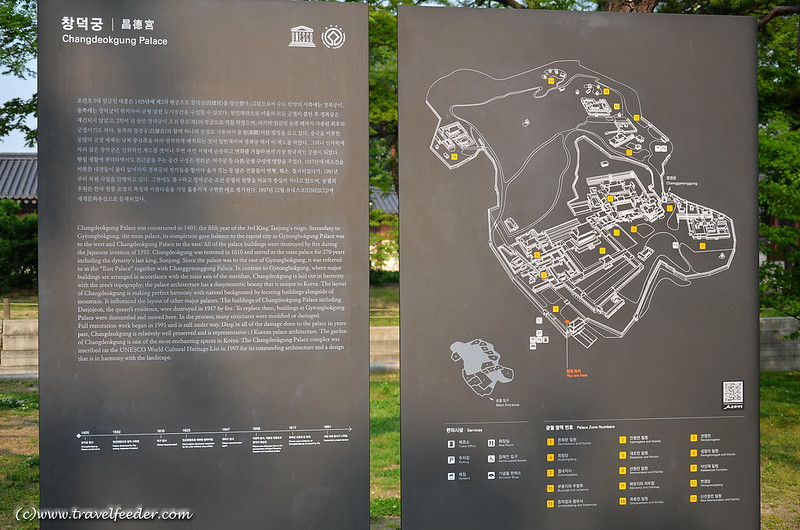
Even though it is not as grand and well organised as the Gyeongbokgung, it is the only palace of of the Grand Five which received UNESCO World Heritage site status in 1997. The UNESCO committee inscribing the site stated the place was an “outstanding example of Far Eastern palace architecture and garden design.
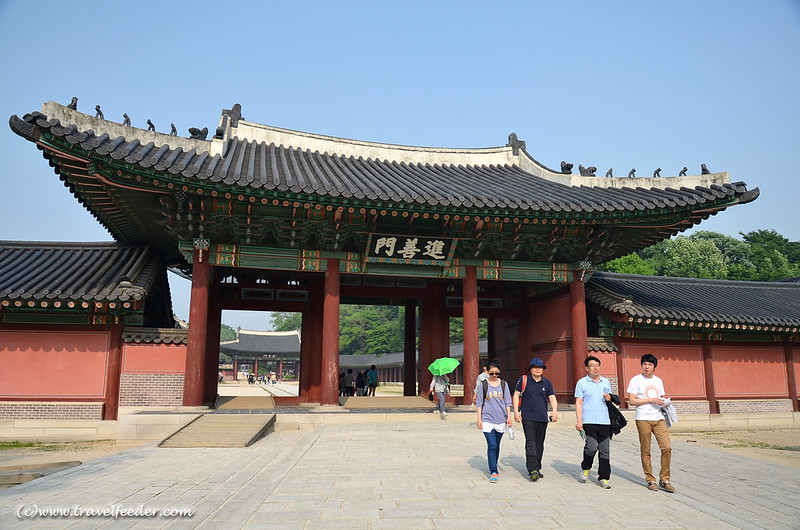
Once we entered into the palace via the Donhhwamun, the main and largest gate of the palace, we walked over the oldest stone bridge in Seoul called Geumcheongyo in Seoul across a small stream to Jinseonmun Gate.
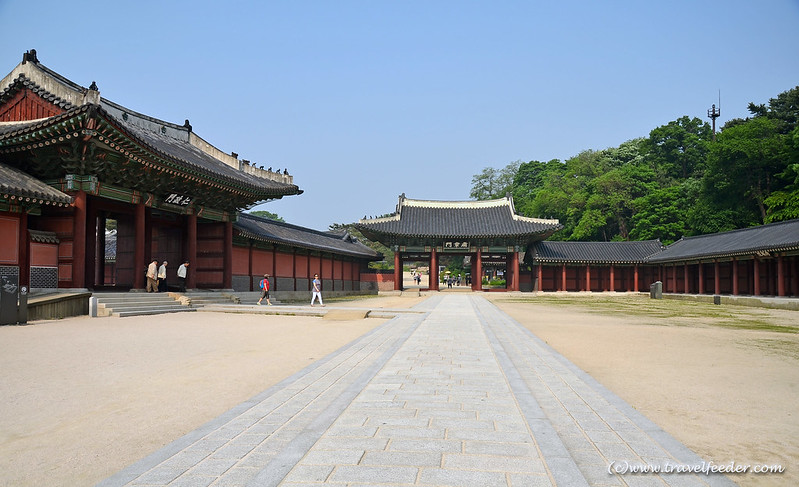
Jinseonmun Gate is the inner main gate that leads visitors to the main administrative area, the Injeongjeon vicinity.
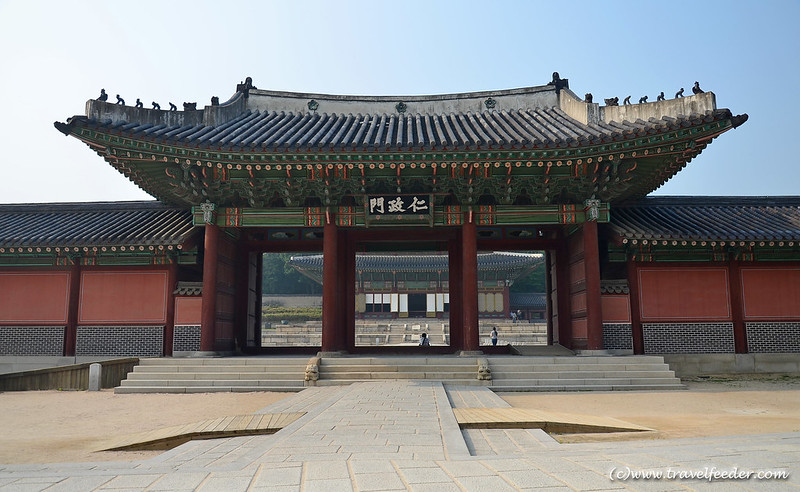
After the Jinseonmun on our left is Injeongmun Gate.
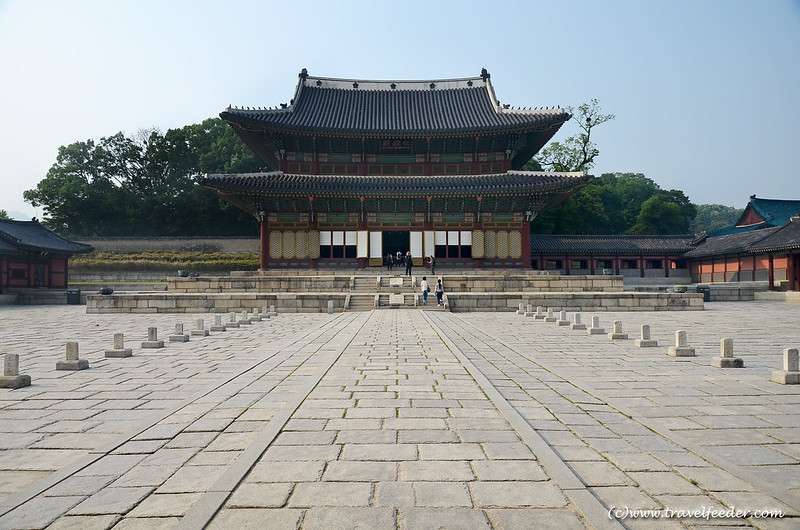
Here we came to the Injeongjeon, main throne hall of changdeokgung Palace where the emperor receiving foreign envoys and handling major state affairs.

In front of Injeongjeon is the large assembly courtyard where the emperor receiving guests and all other ministers.
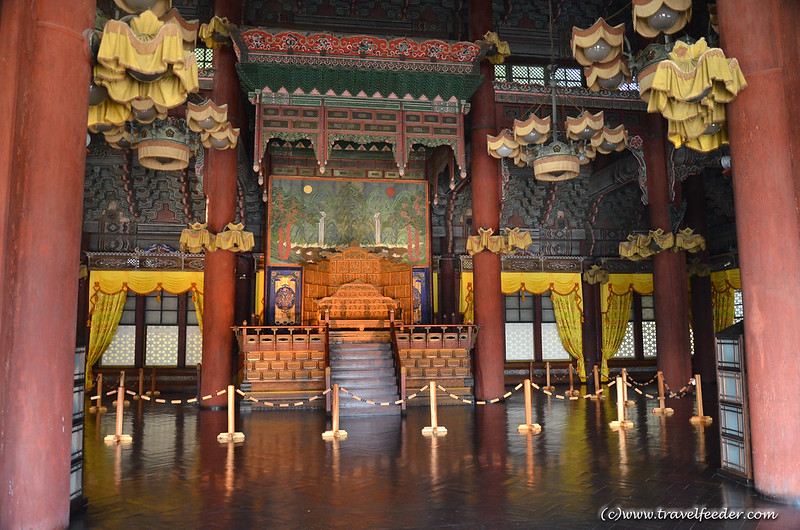
The royal throne could be seen from outside.
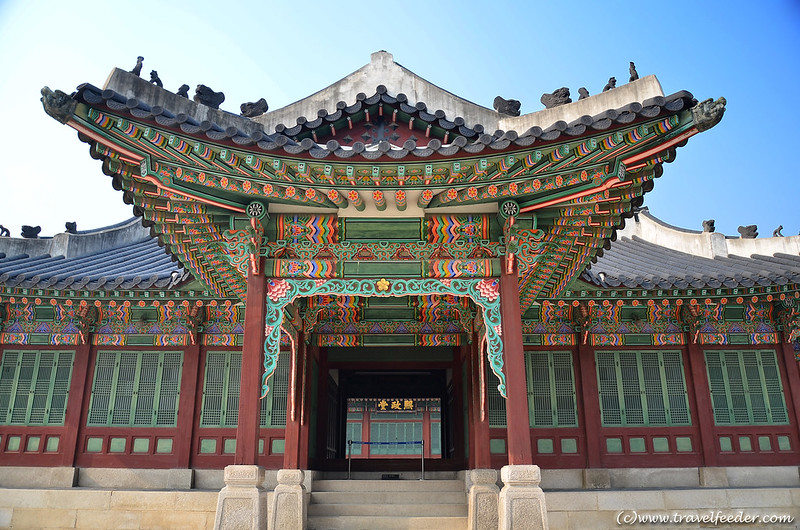
If Injeongjeon was the symbolic main hall, Huijeongdang as used as the actual main hall of Changdeokgung, where the emperor spent most of his time.
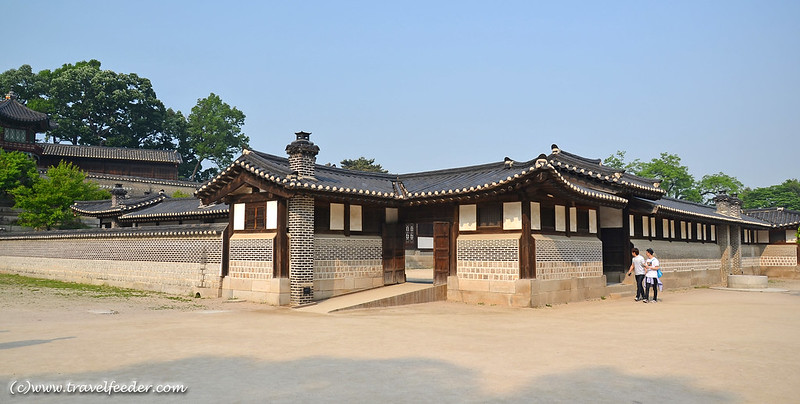
Nakseonjae Complex, the back of house residential area for the queens, grandmothers and the likes.

Unlike the Forbidden city of China, the palaces in Korea has plenty of greenery.
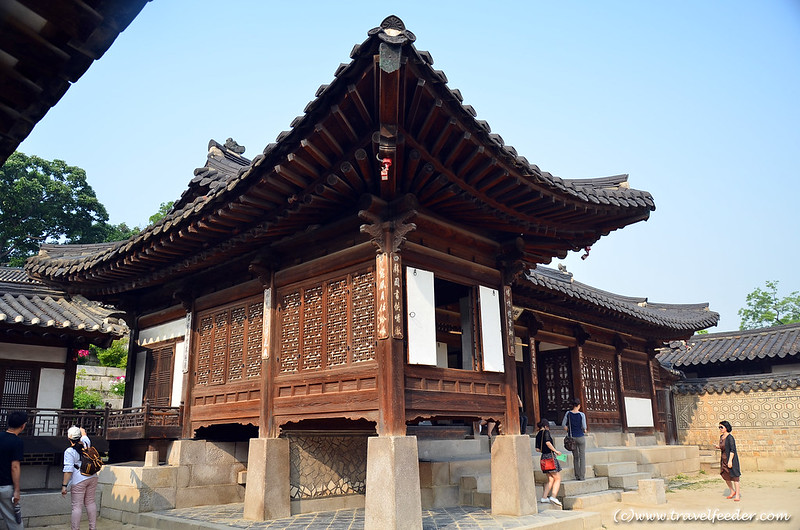
Nakseonjae building, the King’s quarters for relaxing and reading.
For K-Pop and Korean drama fans, if you could notice from the photos above, portions of the Changdeokgung Palace were used to film the hugely popular Korean Drama Dae Jang Geum in Year 2003.
Overall, Changdeokgung Palace is the next best ancient palace to visit in Seoul after Gyeongbokgung. Eventhough it is not as spectacular as the Forbidden City of Beijing China in terms of architecture and town planning, Changdeokgung has a much larger royal garden and giving us more serenity than anxiety.
View all above photos in full resolution on my Flickr page.
We left the palace at 5:30pm when it closed. Feeling tired, we walked slowly back to our hotel in Myeongdong to take a nap before we hit the road again at night. Where were we going out at night? Watch this blog or subscribe to my RSS feeds and I’ll let you know later… 🙂 – Travel Feeder


